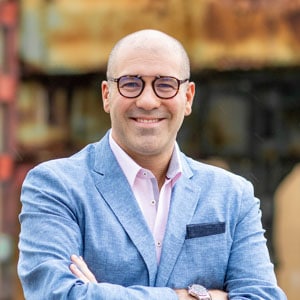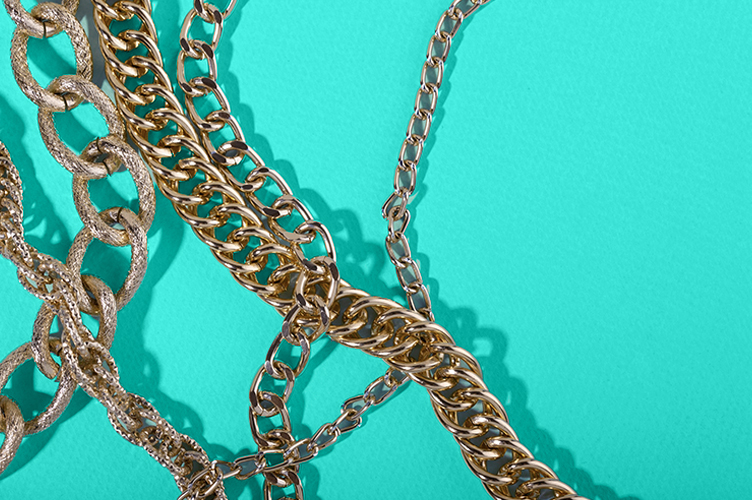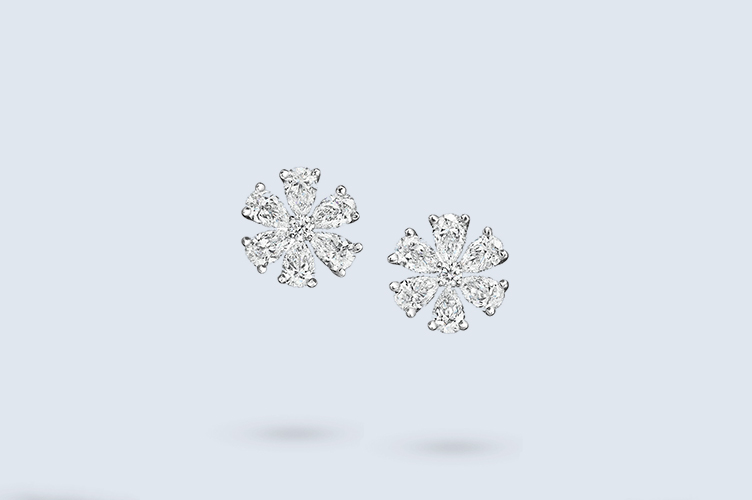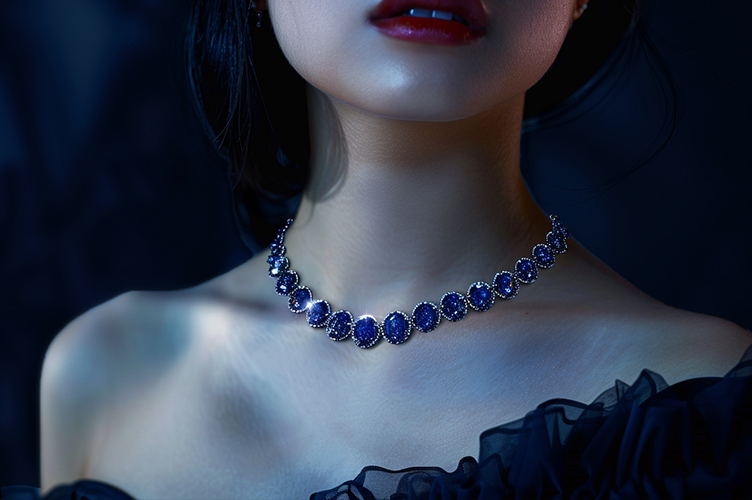Since their discovery in river mud thousands of years ago, people have viewed diamonds as uniquely valuable. Unfortunately, since that time, unscrupulous political leaders have used natural resources like diamonds to fund their conflicts and wars.
Conflict diamonds are diamonds that are mined in war zones. These newly mined diamonds are often mined by nefarious groups that have no respect for the workers’ rights and use the money from the newly mined diamonds to continue their war effort. These groups often sell these rough diamonds in cooperation with organized crime syndicates, contributing to further crimes against humanity.
Conflict diamonds are illegal, and American consumers are unlikely to see one in a reputable jewelry store.
Explore more to understand the history of conflict diamonds, how to avoid purchasing them, and ensure you purchase ethically sourced precious stones for your jewelry.
The History of Conflict Diamonds
The term “conflict diamond” or “blood diamond” came from using diamonds to fund civil wars in Africa in the middle to late 20th century, specifically in Angola, Sierra Leone, and Liberia. Groups like the rebel group UNITA in Angola used the diamonds to fund their rebellion. At this evil trade’s peak in the 1980s, the UN estimated that as much as 15% of all diamonds were blood diamonds.
Thankfully, the diamond industry and the United Nations responded to public outcry with the passage of United Nations Security Council Resolution 1295 and the beginning of the Kimberly Process. The Kimberly Process is a formal certification procedure that ensures that all diamonds come from reputable sources and that none of the proceeds go to fund conflict or human rights abuses.
What is a Conflict-Free Diamond?
Conflict-free diamonds are diamonds that have passed the Kimberly Process. This means that the diamond follows the Kimberley Process certification scheme that guarantees all diamonds:
- Are sourced from a known supplier in a country that follows the Kimberly Process and is not engaged in an active conflict.
- No proceeds from the sale of the diamond at any stage have gone to unknown or sanctioned sources.
- Are certified by the mining and production company to be conflict-free.
While this process is not perfect, it has reduced the number of conflict diamonds on the market and helped consumers make more ethical purchasing decisions.

Where to Buy Conflict-Free Diamonds
If you live in the United States, all diamonds sold in jewelry stores are certified conflict-free. It is illegal to knowingly import, transport, or sell a conflict diamond. All diamonds entering the country must arrive in a sealed container with an attached Kimberly Process certificate.
Where to Buy Ethically-Sourced Diamonds
There is a difference between blood diamonds and ethical diamonds. Blood and conflict diamonds are a specific group of illegal diamonds that fund wars and conflicts. Diamonds that do not fall in that specific category could still have been mined by mistreated workers using environmentally harmful methods and would be considered unethical.
An ethnically sourced diamond is mined and cut using ethical practices, including giving workers a fair living wage and unionization rights, protecting local ecosystems, and preventing unnecessary deforestation.
Several major jewelers, including Blue Nile, James Allen, and Ritani, have committed to using only ethical diamonds. Some exclusively use Canadian diamonds to ensure quality and worker safety.
If you buy a natural diamond, speak with your jeweler and research the diamonds they sell, and if possible, opt for a Canadian diamond that was mined ethically. Otherwise, choose a lab-grown diamond to ensure your diamond engagement ring or other diamond jewelry is ethically sourced.
Suggested Read: Lab Grown vs Natural Diamond Engagement Ring Options

Are Lab-Grown Diamonds More Ethical?
There is current debate about whether lab created diamonds are more ethical than natural diamonds because of the earth mining process. On one hand, lab-grown diamond producing companies tell us that earth extracted diamonds are using vast amounts of energy for mining machines and that building or expanding mining towns is harmful to the environment. On the other hand, creating diamonds in the laboratory is much more sustainable with less impact on the environment. In contrast, natural diamond producers contend that lab-grown diamonds require an immense amount of energy to create diamonds, resulting in a huge carbon footprint that contributes to global warming. Since lab-grown diamonds are synthesized in factories by skilled workers, they typically present less risk of being produced in a conflict zone.
Suggested Read: Are Lab Grown Diamonds Real? | BriteCo Jewelry Insurance
Buy Wisely and Insure with BriteCo™
Diamonds are unique gifts, and you should make an informed decision when choosing one for yourself or a loved one. Protect all the diamonds you purchase, including lab-grown diamonds, with an insurance policy from BriteCo™. These policies can offer up to 125% of the diamond’s value with no deductible.
BriteCo™ provides some of the best protection at no cost out of pocket. We protect your high-value jewelry against theft, loss, damage, and mysterious disappearance. You can also benefit from periodic maintenance to prolong the life of your high-value and sentimental jewelry pieces.
Check out BriteCo™’s policies using our intuitive website. Get a quote for your jewelry insurance using our convenient estimation tool and online appraisal service and have your fine jewelry pieces insured within minutes. Contact us today to find out more.






